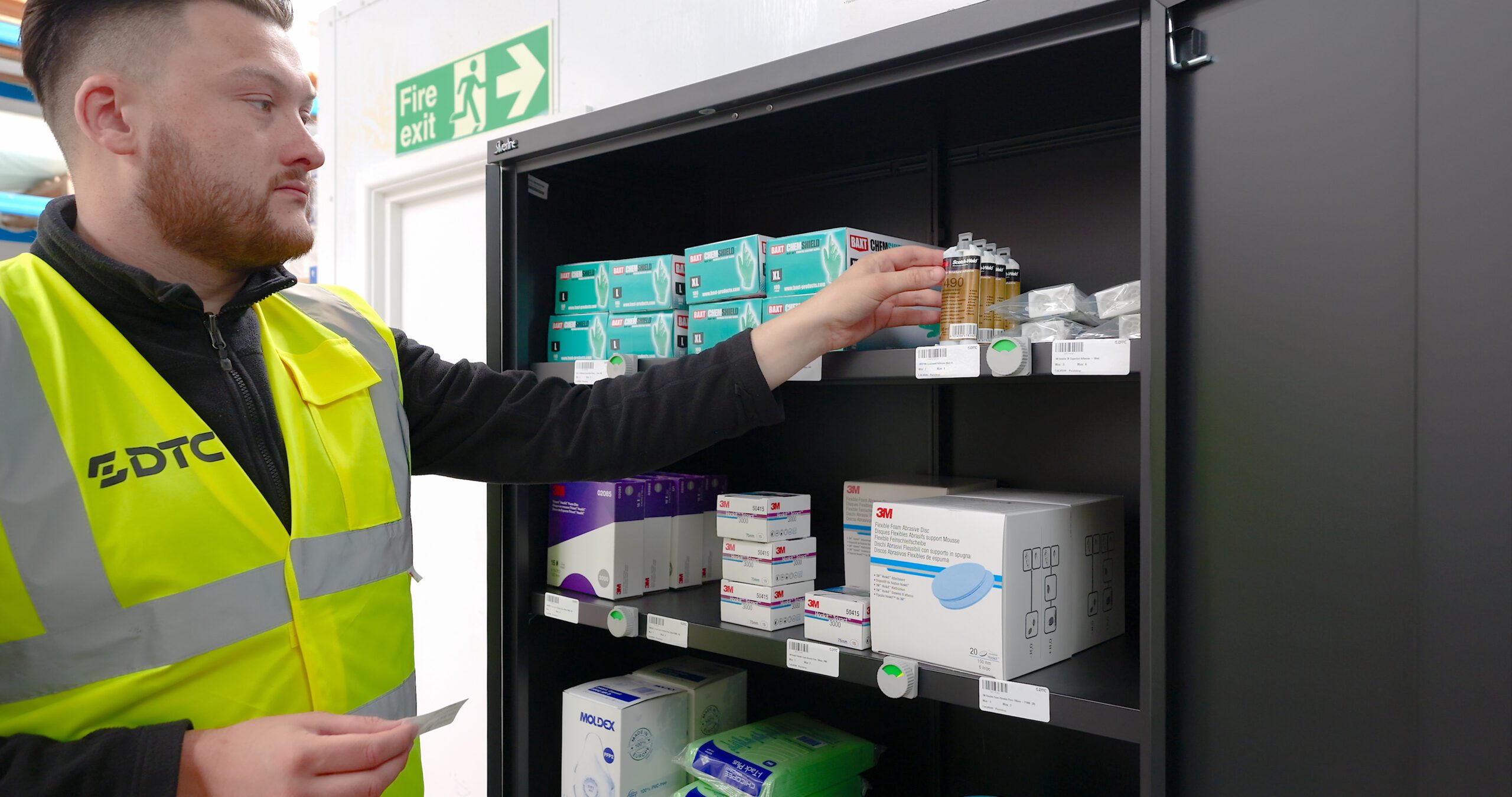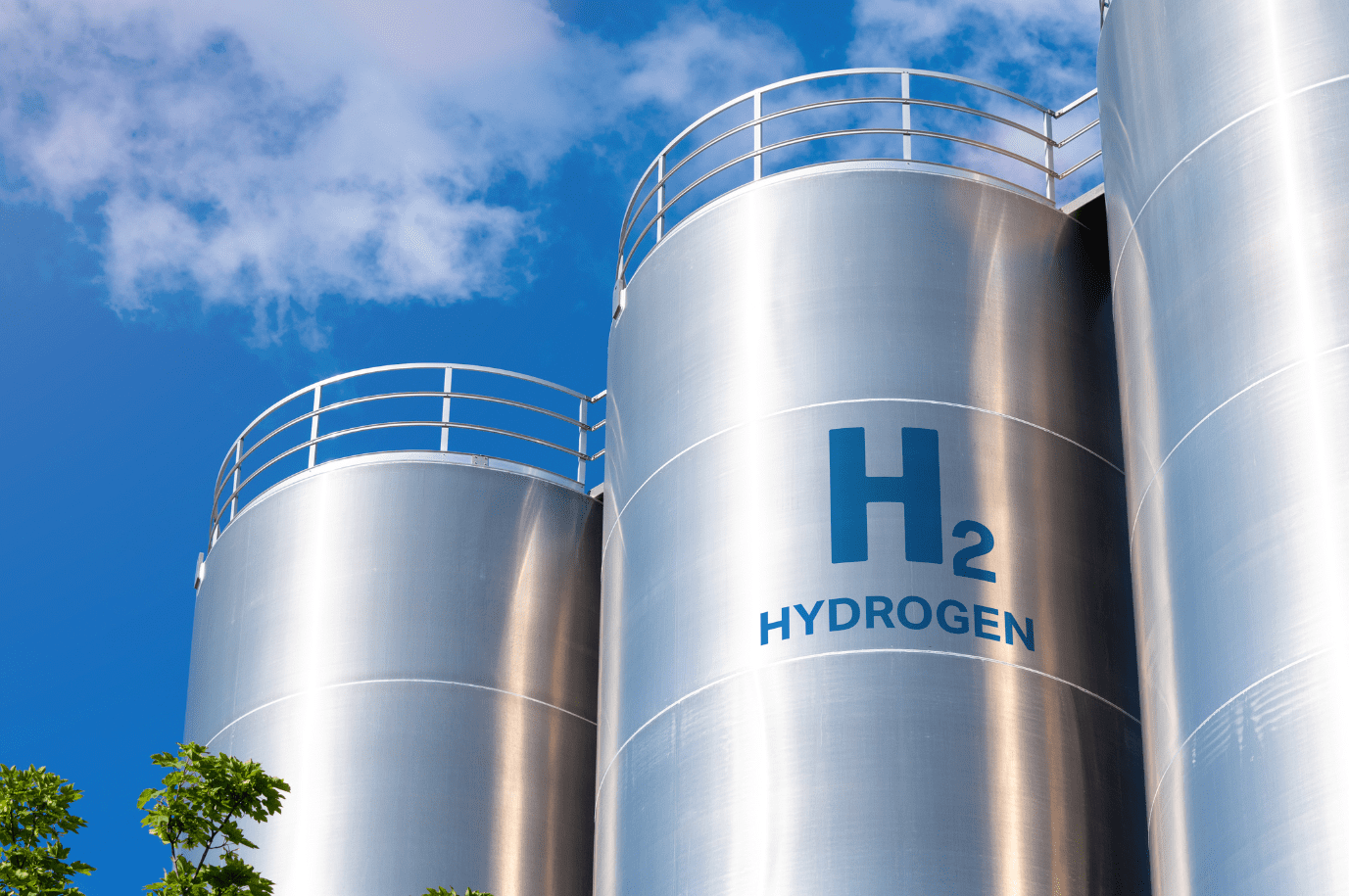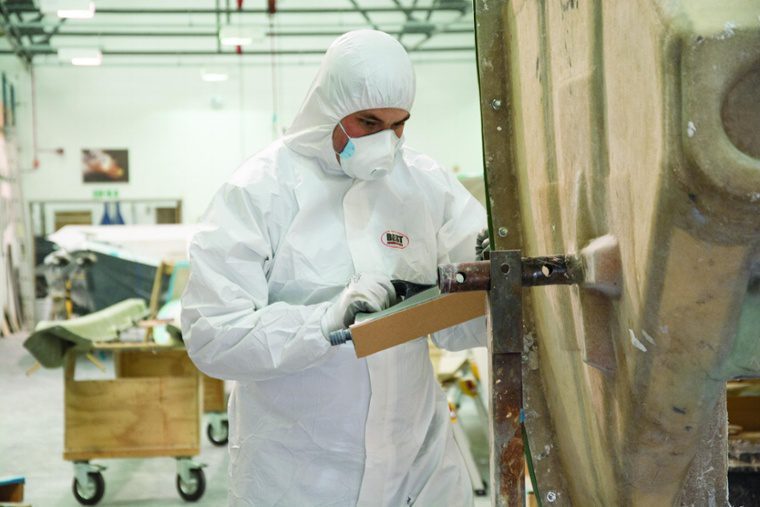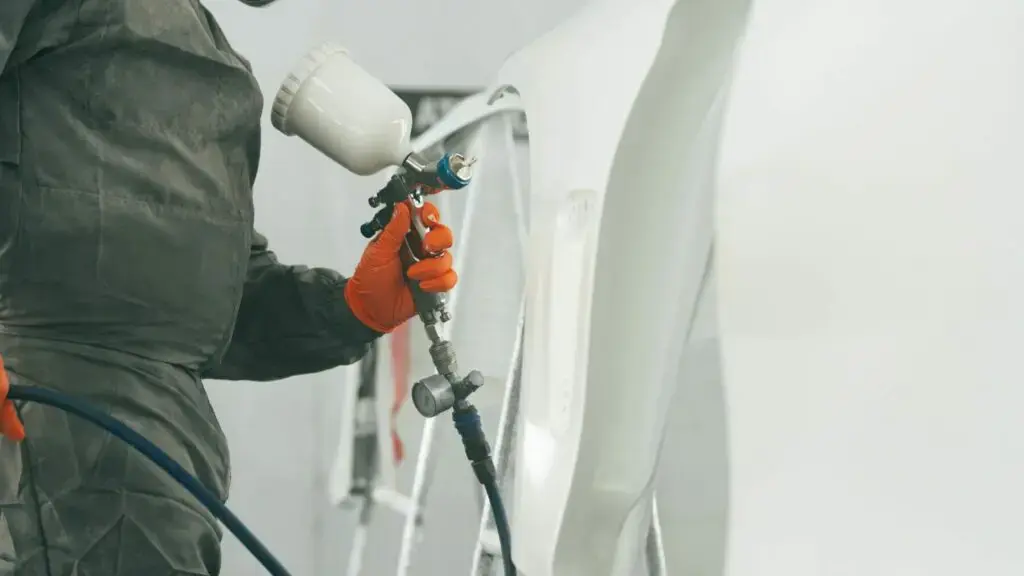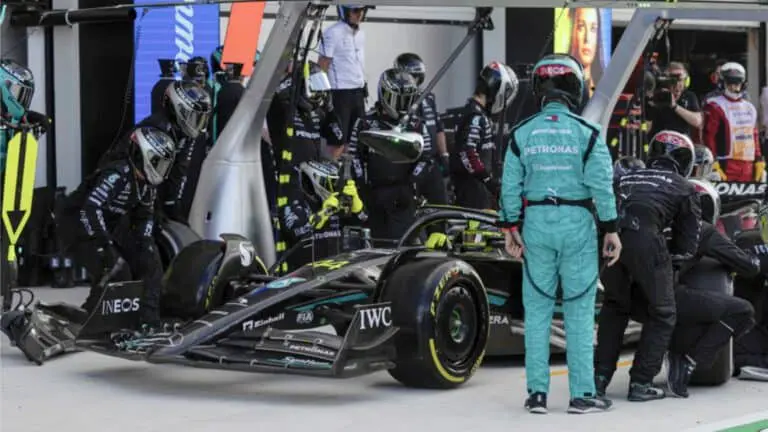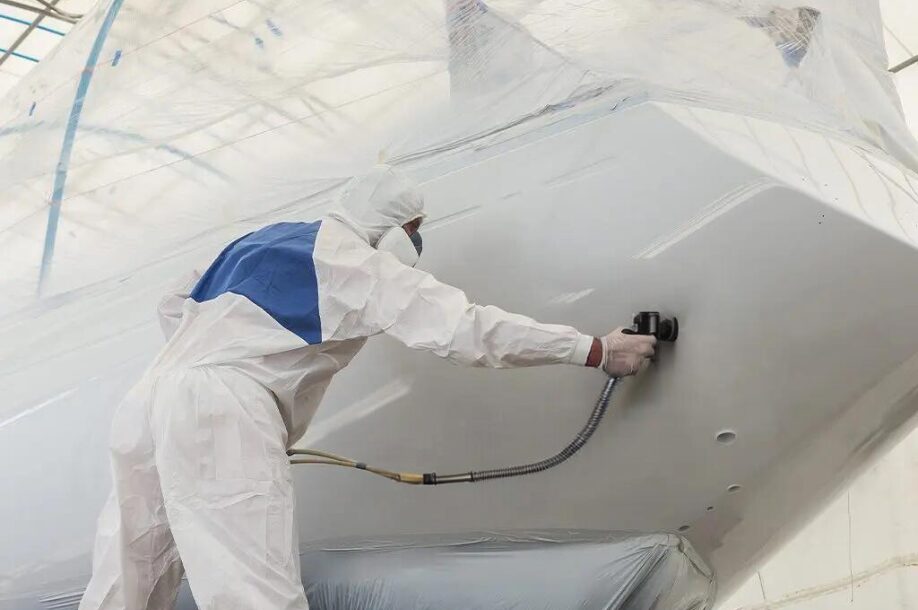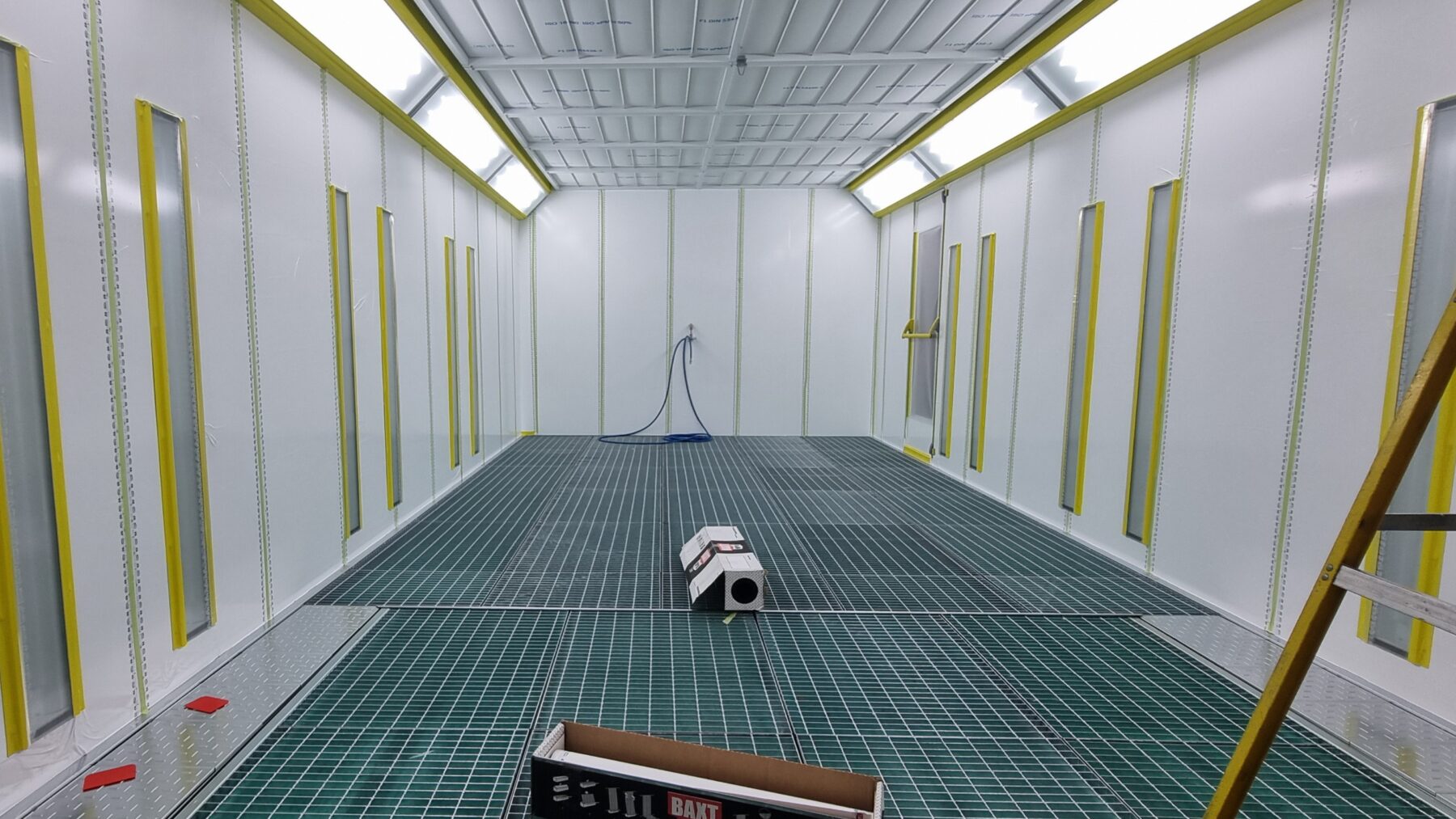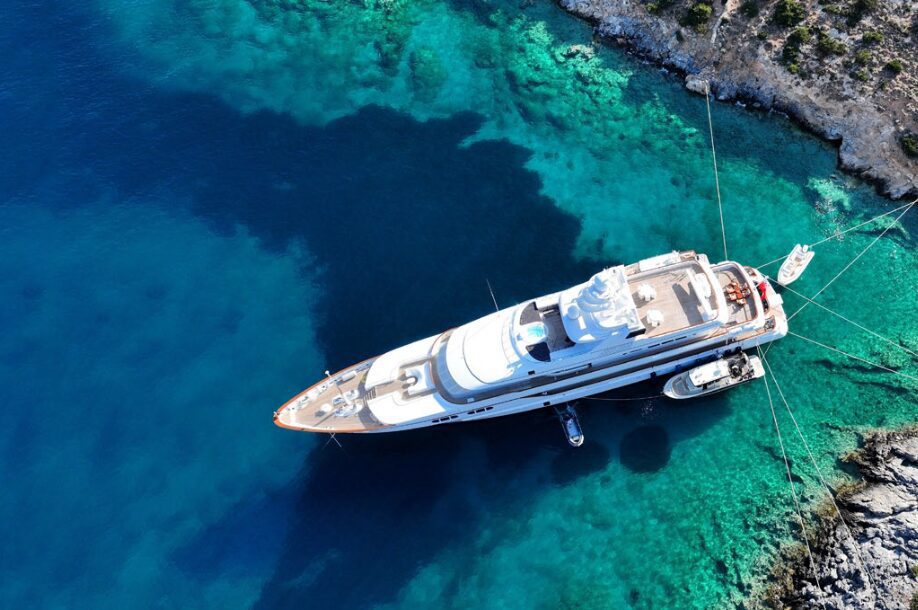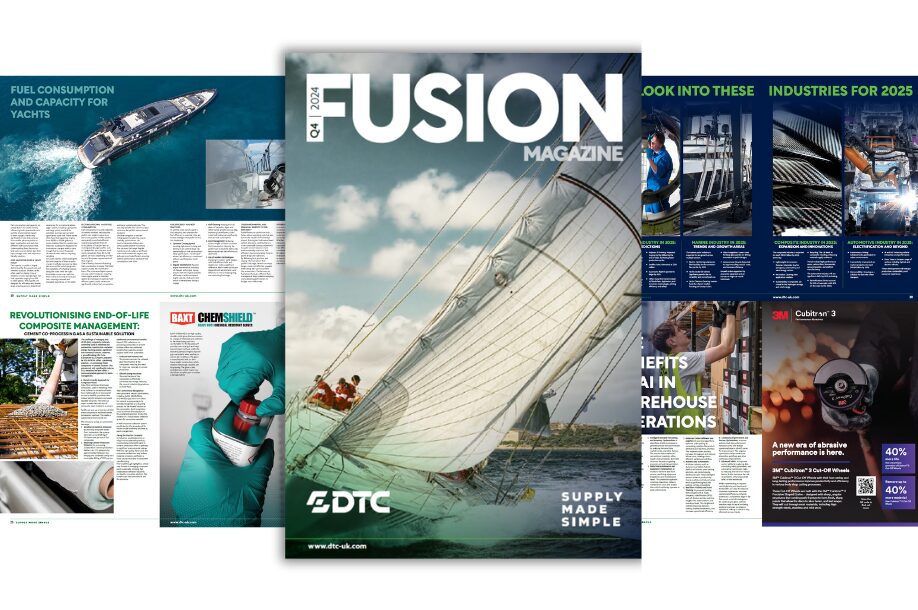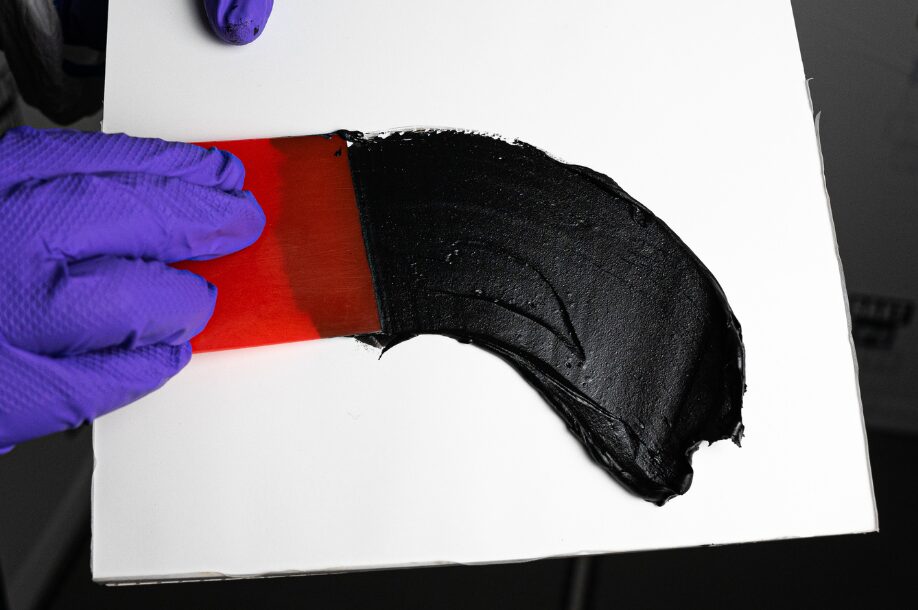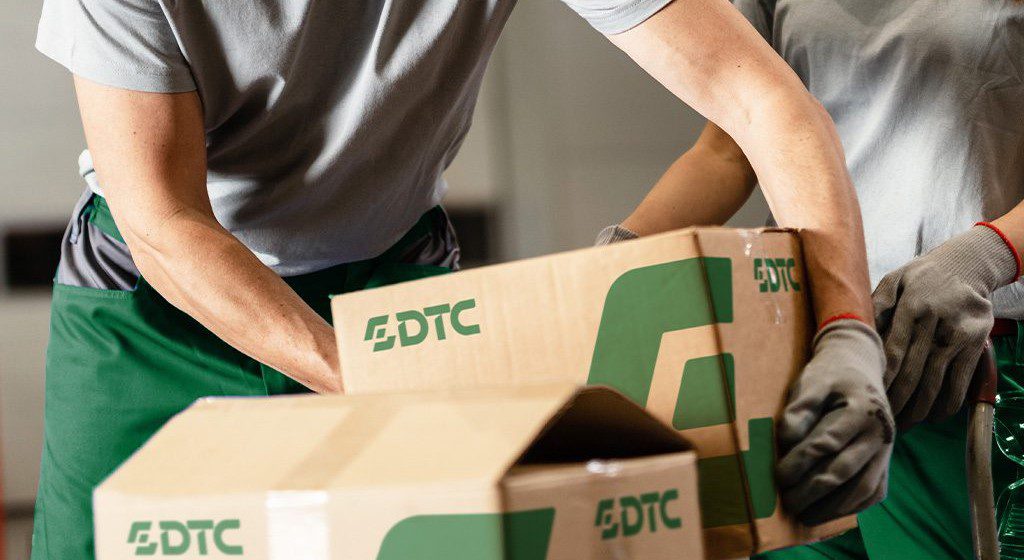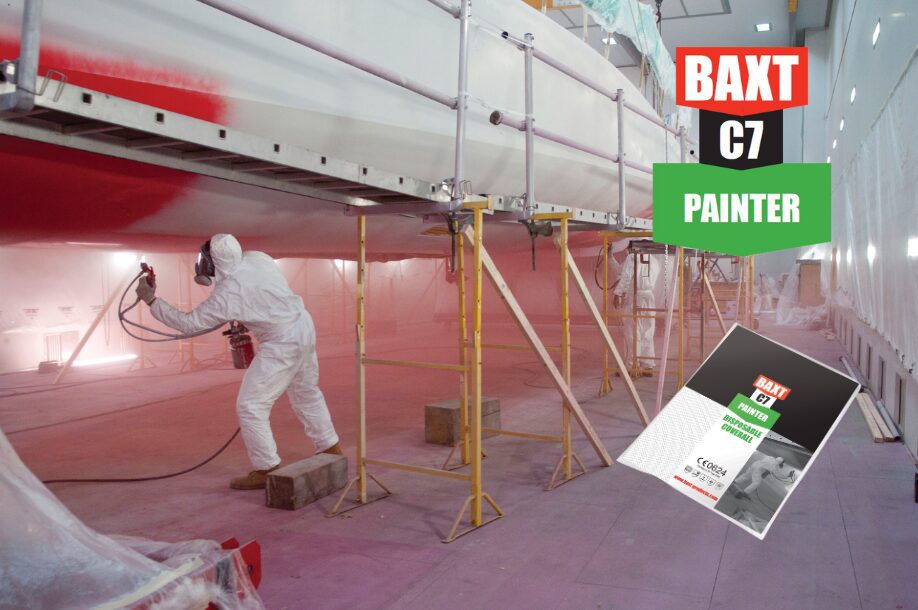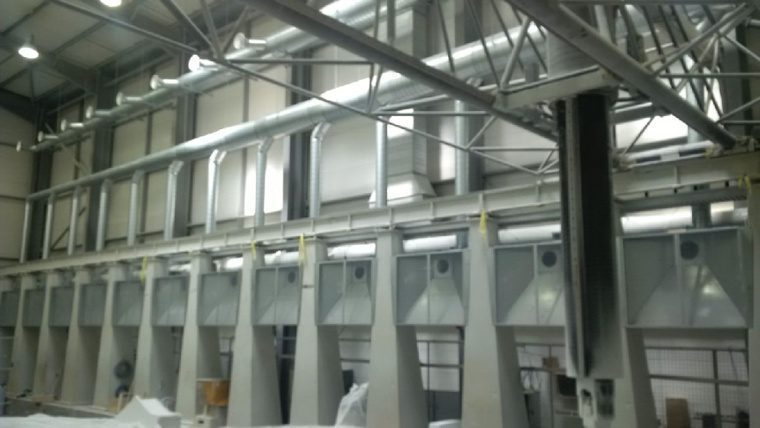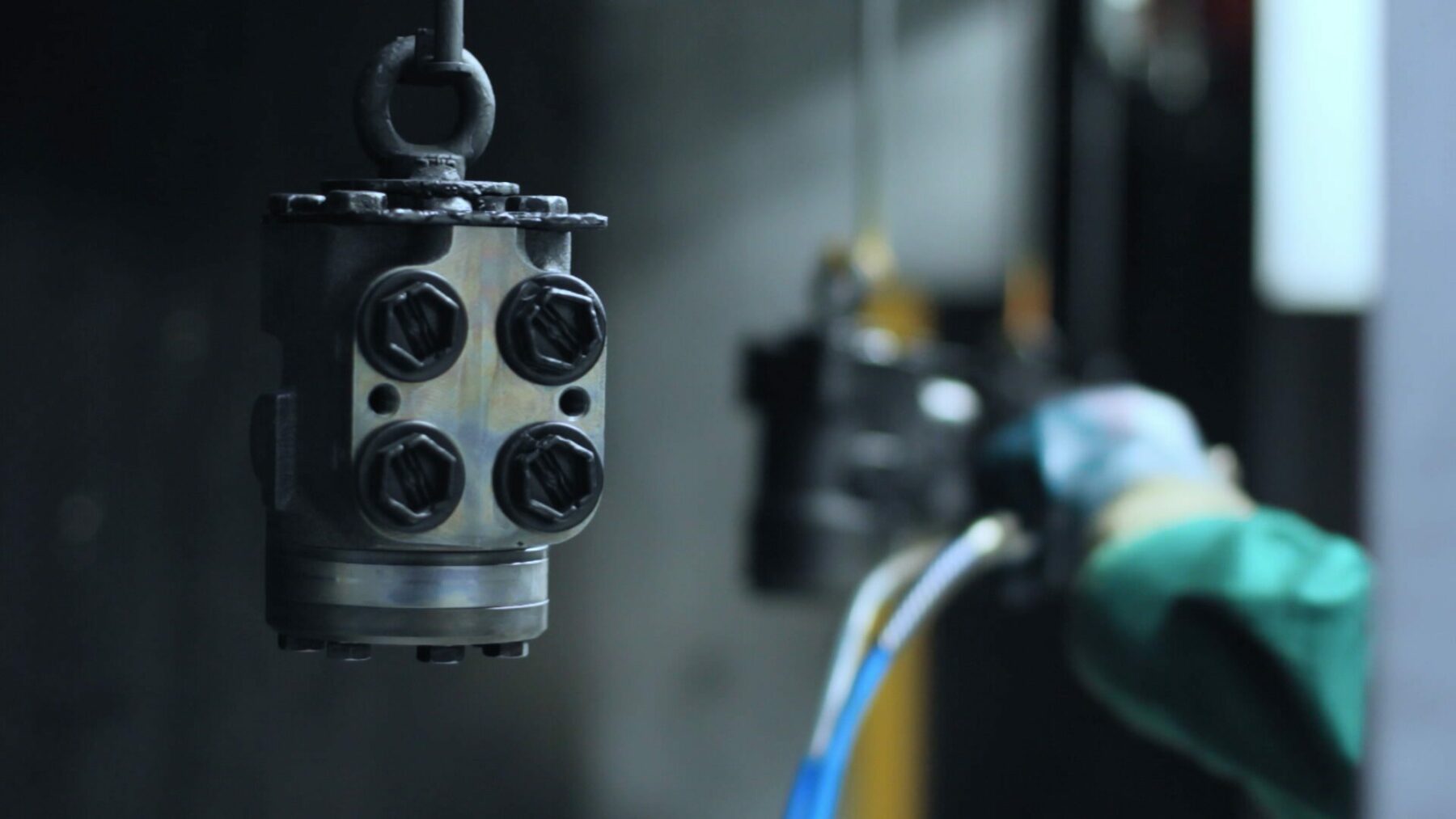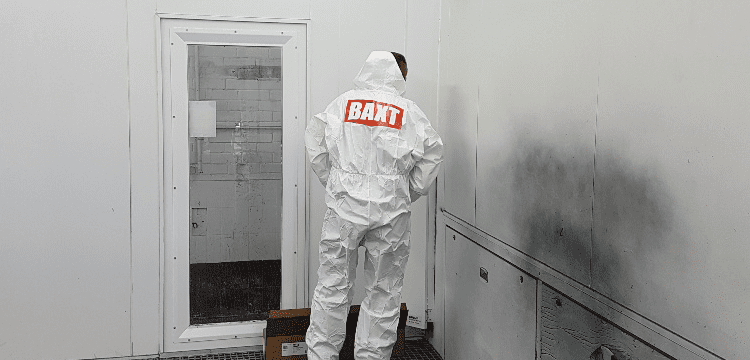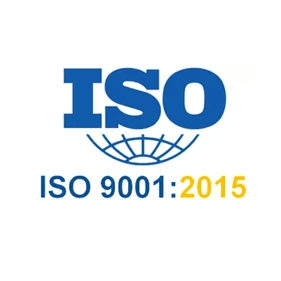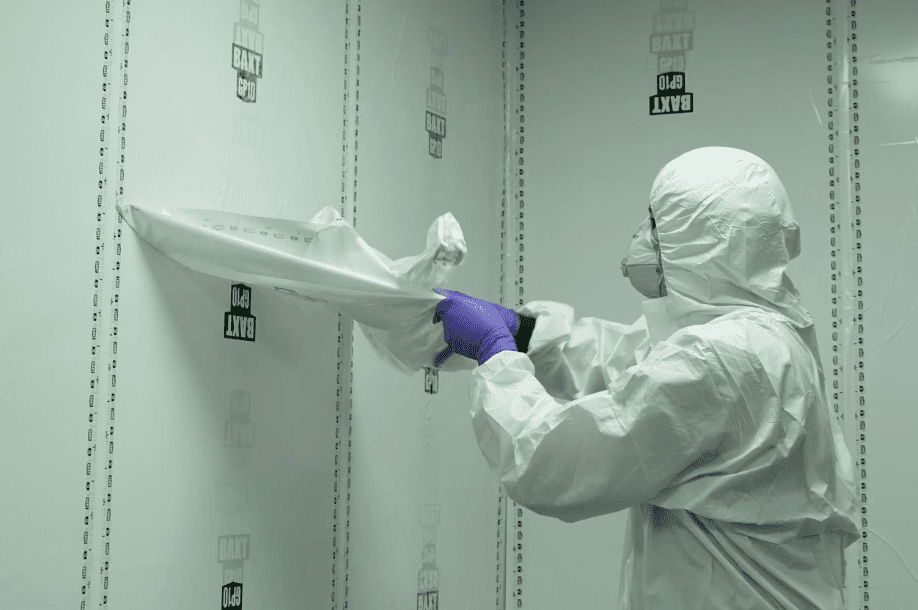ENVIRONMENTAL REGULATIONS IN MARITIME

The maritime industry is undergoing significant changes as it shifts towards sustainability, driven by new environmental regulations. Notably, the EU Emissions Trading System (ETS) and the International Maritime Organisation’s (IMO) Carbon Intensity Indicator (CII) are leading this charge, pushing shipping companies to adopt cleaner technologies and optimise fuel usage to meet stringent emissions standards. These regulations are essential steps towards fostering a greener future for shipping.
EU Emissions Trading System (ETS)
The EU ETS is a key policy in the European Union’s fight against climate change. It works on a cap-and-trade principle, setting a limit on the total amount of greenhouse gases that can be emitted by all participating entities. Recently, shipping companies have been included in this system, requiring them to purchase allowances for their emissions. This inclusion aims to incentivise the reduction of emissions through the adoption of cleaner technologies and more efficient operations.
IMO’s Carbon Intensity Indicator
(CII)
The IMO’s CII measures the operational carbon intensity of ships, providing a rating based on their emissions. Ships must meet specific performance standards, to reduce carbon intensity by at least 40% by 2030 compared to 2008 levels. This regulation encourages shipping companies to adopt energy-efficient practices and technologies, such as improved hull designs, advanced propulsion systems, and the use of alternative fuels.

Impact on the Maritime Industry
These regulations are driving significant changes within the maritime sector. Companies are investing in cleaner technologies, such as scrubbers to reduce sulphur emissions, and alternative fuels like liquefied natural gas (LNG) and biofuels. Additionally, digital solutions for optimising fuel consumption and route planning are becoming more common, helping to minimise the carbon footprint of maritime operations.

Fostering a Greener Future
The adoption of these environmental regulations is crucial for mitigating the impact of shipping on climate change. By compelling the industry to reduce emissions and improve efficiency, the EU ETS and IMO’s CII are pivotal steps towards a more sustainable maritime sector. These efforts not only benefit the environment but also promote innovation and competitiveness within the industry, paving the way for a greener future.
What's Next for Sustainability in the Maritime Industry?
As the maritime industry navigates these regulatory waters, the commitment to sustainability will ensure that shipping continues to be a vital component of global trade while protecting our planet for future generations.
To view more articles by DTC click here: Insights Archives | DTC (www.dtc-uk.com)




